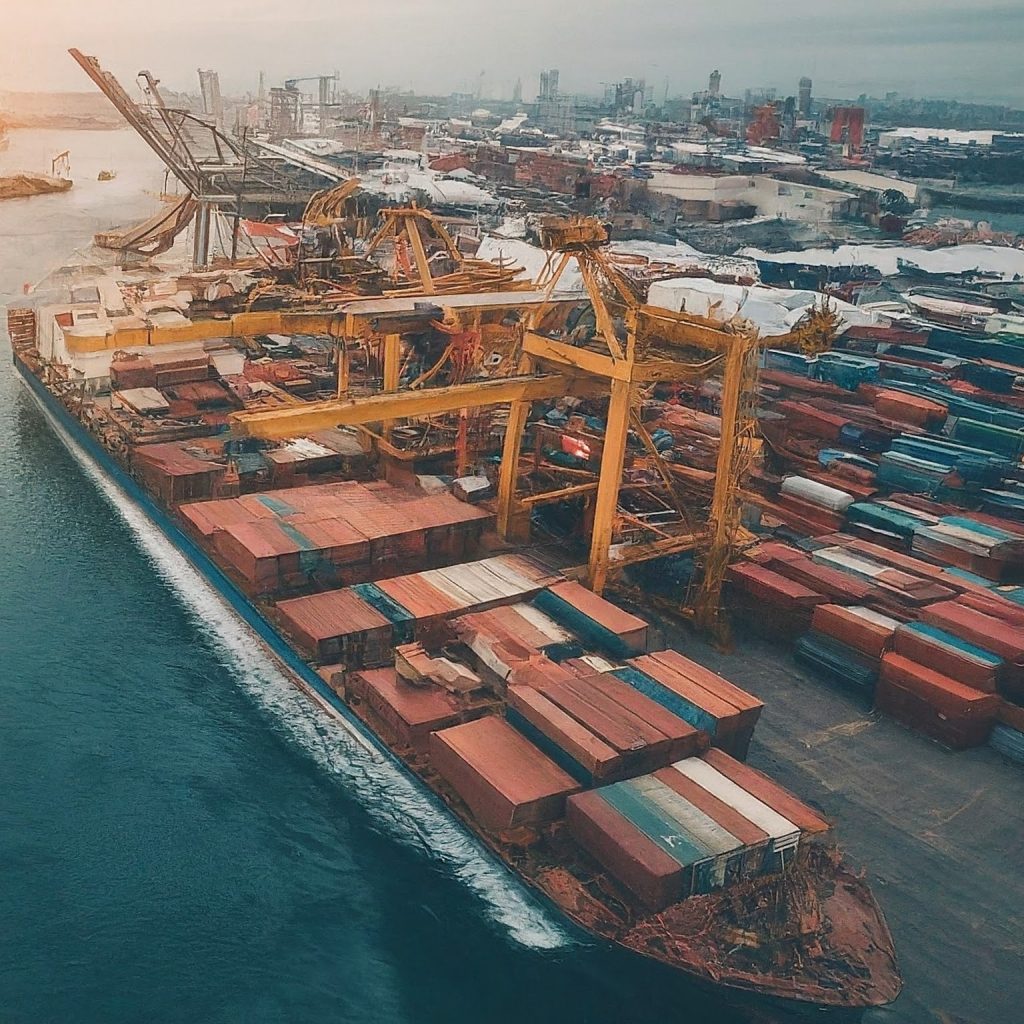Delving Deeper into Prince Shipping’s Needs:
Moving beyond the initial questions, consider this expanded list to gain a nuanced understanding of Prince Shipping’s specific requirements:
- Are there specialized equipment needs (flatbed trailers, temperature-controlled containers)?
- Do certain shipments require security measures or escorts?
- What volume of shipments do you handle (frequent, seasonal surges, specific quantities)?
- What level of customer service and communication is important to you?
- Are there any sustainability goals or environmental considerations for your transportation choices?
By delving into these details, you gain a clearer picture of your ideal transportation partner and the most suitable options for your logistics needs.
Matching Options to Needs:

Now, let’s dive deeper into each transportation mode, considering different scenarios:
1. Ocean Freight:
- Cost-effective for large shipments: Ideal for bulk commodities like grains, minerals, or machinery across continents.
- Long distances, slower transit: If time is not a critical factor, ocean freight can offer significant cost savings for large-scale shipments.
- Limited tracking and potential delays: Consider options with enhanced tracking capabilities and contingency plans for potential delays due to weather or port congestion.
2. Air Freight:

- Fastest option, global reach: Perfect for urgent shipments of high-value goods like electronics, pharmaceuticals, or perishables across the globe.
- Expensive, weight and size limitations: Be mindful of weight and size restrictions, as exceeding them can significantly impact costs. Consider alternatives for oversized or overweight cargo.
- Good tracking and visibility: Real-time tracking ensures peace of mind and allows proactive response to potential issues.
3. Land Freight:

- Flexible routes, diverse options: Trucks offer door-to-door delivery within regions, while trains are cost-effective for bulk shipments over longer distances.
- Speed varies, potential congestion: Choose reliable carriers with efficient routes and consider congestion-prone areas when planning delivery times.
- Tracking: Opt for carriers with robust tracking systems and communication protocols for shipment updates.
4. Intermodal:

- Complex shipments, specific routes: Combine ocean and land to reach challenging destinations or leverage regional strengths (e.g., ocean for long distances, truck for final delivery).
- Cost-efficiency with some urgency: Intermodal can be more cost-effective than air freight for urgent shipments while offering faster transit times than ocean alone.
- Coordination and potential delays: Meticulous planning and choosing reliable partners are crucial to minimize delays at transfer points.
Beyond the Basics:
Remember, choosing the right transportation partner goes beyond just the mode of transport. Consider these additional factors:
- Carrier Reputation and Reliability: Research their track record, customer reviews, and ensure they can handle your specific cargo type and route efficiently.
- Customs Clearance Expertise: Partner with a carrier experienced in navigating the customs regulations of your destination countries to avoid delays and complications.
- Technology and Tracking: Leverage real-time tracking systems and data-driven insights for proactive shipment management and informed decision-making.
- Sustainable Practices: Partner with carriers committed to reducing their environmental impact through fuel-efficient vehicles, eco-friendly practices, and carbon offset programs.
Conclusion:
By thoroughly understanding your needs, exploring the various transportation options, and carefully considering additional factors, Prince Shipping can make informed decisions that optimize efficiency, cost-effectiveness, and sustainability for their logistics operations. Remember, this guide provides a starting point, and consulting with experienced logistics professionals for tailored advice remains highly recommended.
Bonus Tip: Prince Shipping can leverage its industry expertise and relationships with diverse transportation providers to negotiate competitive rates and secure the most suitable option for each shipment. This ensures a seamless and cost-effective logistics experience, allowing them to focus on growing their business.


